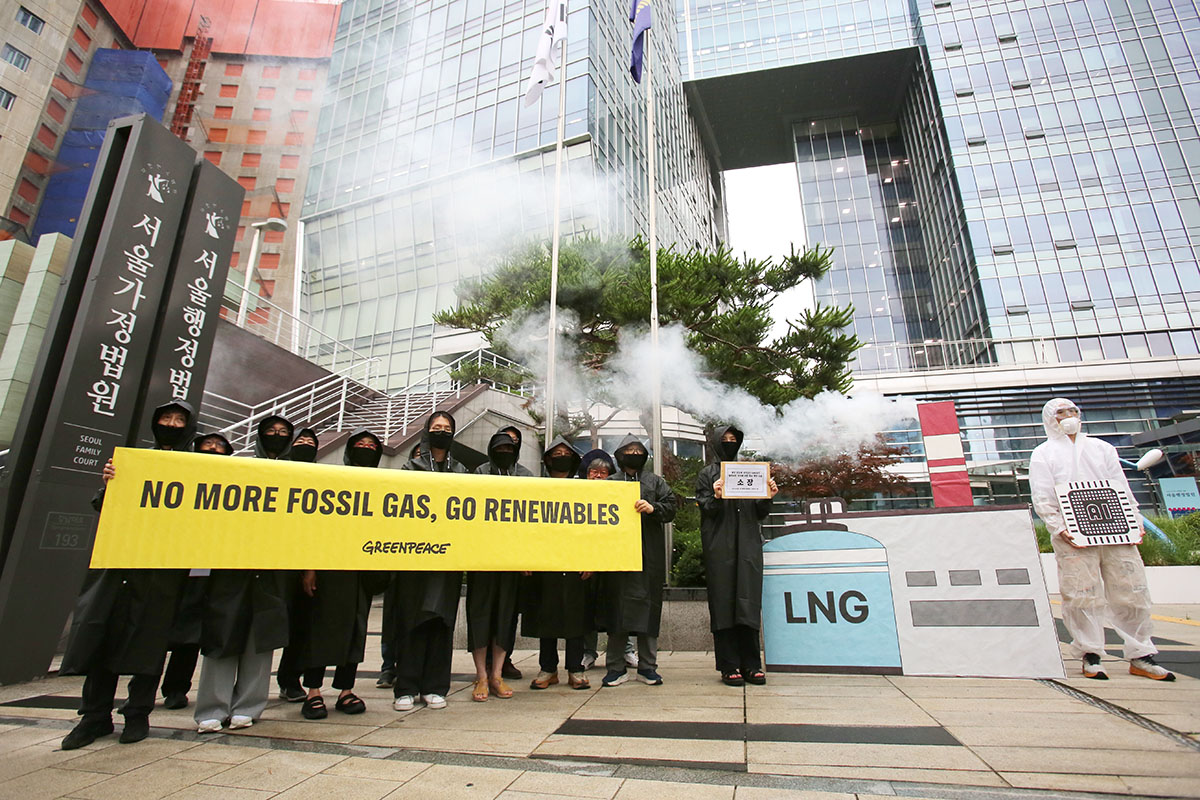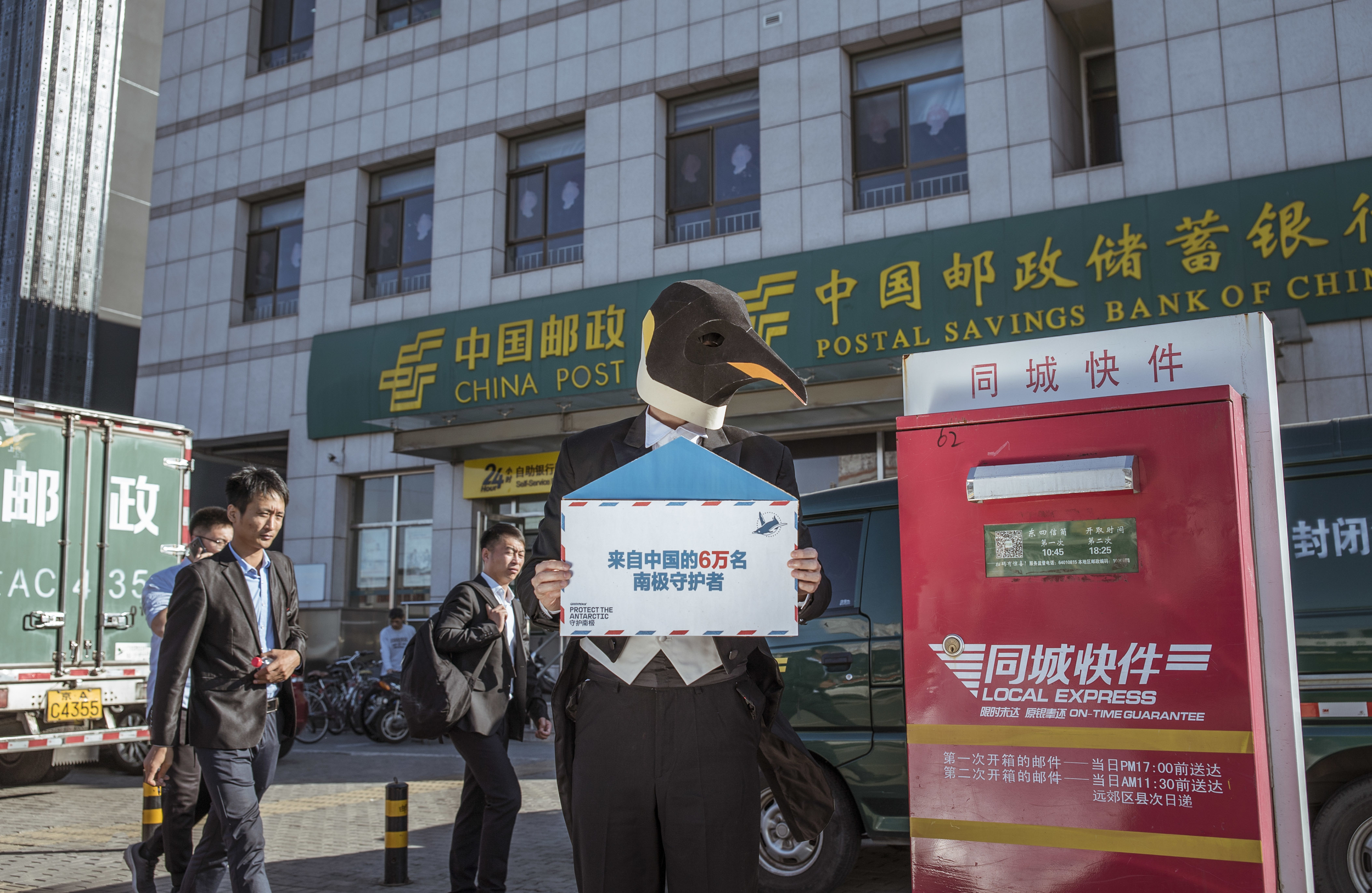Beijing is currently suffering through a 4th continuous day of ‘Airpocalypse’. The city is blanketed in a thick, choking smog that has covered an area of North China the size of Spain and Beijing’s most famous landmarks have been completely obscured by the yellow haze.
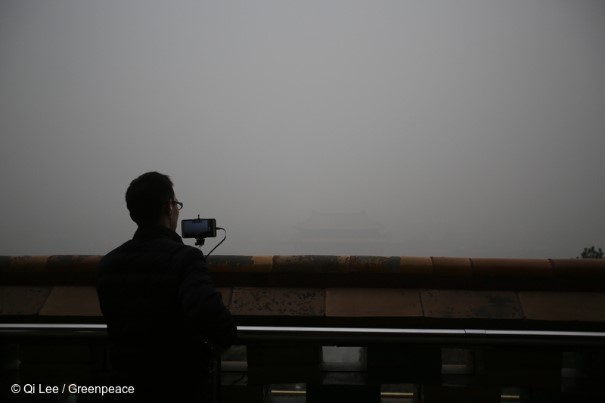
The most recent phase of the ‘airpocalypse‘ has prompted the government to issue an Orange Alert, the second-highest pollution level warning.
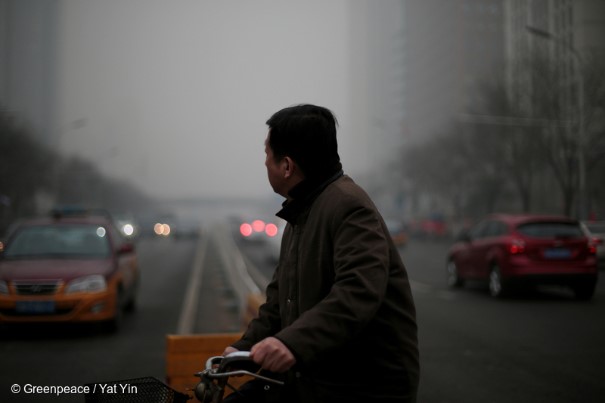
But as PM2.5 levels soar to over 900 mg/m3 in parts of the city, if pollution that far outstrips WHO recommended safe levels isn’t enough to elicit the highest level of response, then what is?
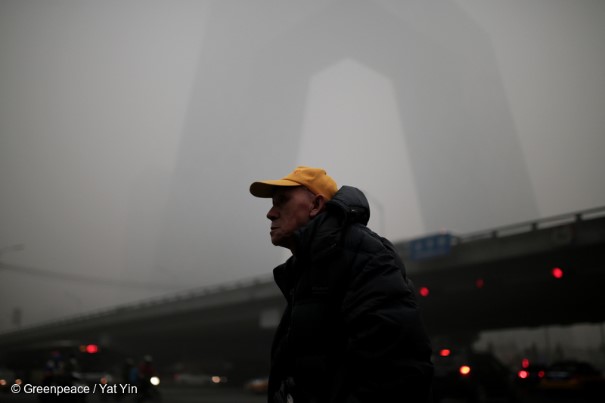
Under a state of Orange Alert, restrictions on construction and industry have already been put into gear, but it’s clearly not enough. At this level of response, schools and kindergartens can remain open, meaning that children are risking their health in order to attend class and car emissions haven’t been restricted at all.
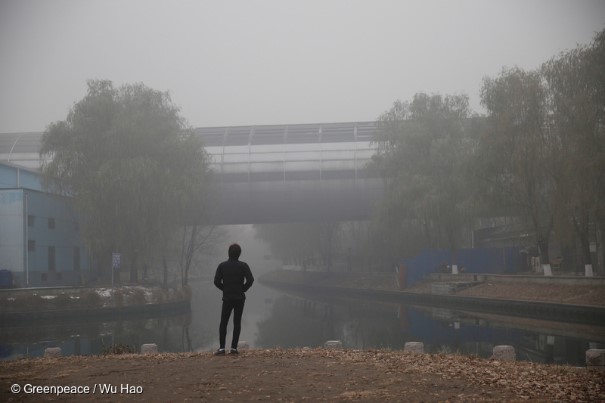
According to the four tier alert system that was set up following the now-infamous Airpocalypse of 2013, a Red Alert should be put into place if AQI levels of 200 or more are predicted to last for three days or longer.
But despite Beijing’s pollution levels exceeding this threshold consistently over the past two years, a Red Alert has never been issued for the city.
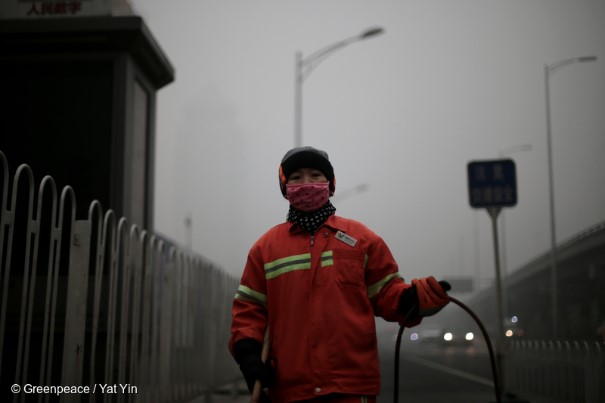
We’ve already seen what a dramatic difference temporary pollution measures can make to the city. A Red Alert won’t bring back the‘Parade Blue’ we saw earlier this year, but it will ensure that the utmost is being done to wrestle pollution down to safe levels and keep people safe when crisis hits.
Zhang Kai is a Senior Climate Campaigner for Greenpeace East Asia

